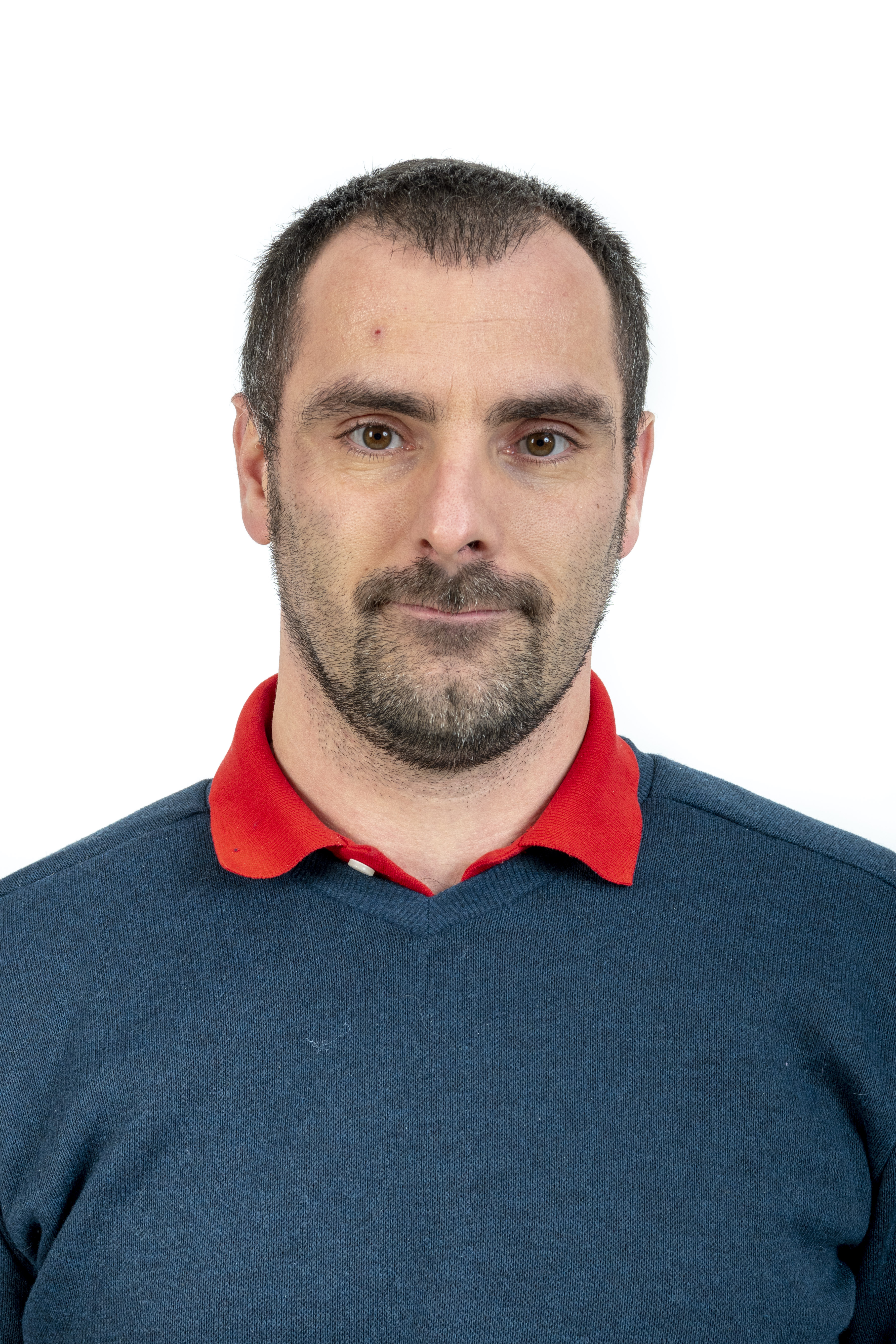Teddy Chantrait is a Research Engineer at CEA since 2021. He obtained his PhD from Universiy of Lyon in mechanics in 2014 and has followed his research activies at Safran R&D center during 7 years. He is currently member of an R&D team at CEA whose objective is to develop new models and new numerical methods for HPC numerical simulation codes. He works on multiphysics and numerical codes coupling strategies espacially for fluid structure interaction (finite-volume and finite-element based).
Examples of simulations
| Coupling Euler and Hyperelasticity equations |
PhDs co-supervised (+1 in progress)
- M. THEVENOT, High speed contact in labyrinth area, identification of mechanical and thermal phenomena and of behavior of the materials. Ph D École science de la matière, INPT, Toulouse, 2020.
International Journal for Numerical Methods in Engineering, Volume126, e70051, 2025

abstract
Abstract
In this article, we propose and investigate an explicit partitioned method for solving shock dynamics in fluid–structure interaction (FSI) problems. The method is fully conservative, ensuring the local conservation of mass, momentum, and energy, which is crucial for accurately capturing strong shock interactions. Using an updated-Lagrangian finite-volume approach, the method integrates a subcycling strategy to decouple time steps between the fluid and structure, significantly enhancing computational efficiency. Numerical experiments confirm the accuracy and stability of the method, demonstrating that it retains the key properties of monolithic solvers while reducing computational costs. Extensive validation across 1D and 3D FSI problems shows the method's capability for large-scale, fast transient simulations, making it a promising solution for high-performance applications.
Wear, Elsevier, p. 1102-1109, 2019

abstract
Abstract
Secondary air systems of civil aircraft engines require labyrinth seals with a minimum gap clearance for optimal functioning. In the case of high speed contact during the engine running-in period, an abradable material is deposited on the stationary part of the seal to limit the damage of the rotating shaft, which is made of a titanium alloy. Such situations are potentially critical for the seal; hence, the present study aims to observe the material behaviour during these contact conditions and to establish the tribological circuit of a third body through the interface. A high-speed contact test rig was developed to recreate contact conditions occurring in an aircraft engine. Two contact configurations occurring in different locations of the engine, with different materials and surface areas were explored. Thermal and mechanical instrumentation were used in each test. The influence of the contact geometry and the test conditions show that material flows through the contact determine the life cycle of the contact (by establishing a balance between the source, internal and material flow) and allows for the control of the thermomechanical constraints in a high-speed contact.
Proceedings of the 7th International Conference on Fracture Fatigue and Wear: FFW 2018, 9-10 July 2018, Ghent University, Belgium, Springer, p. 638-660, 2019

abstract
Abstract
Civil aircraft engines present a wide range of labyrinth seals to ensure a good airtightness between the different components of the secondary air system. An increase in efficiency requires lower clearances gaps. As a consequence, brief contacts between rotating and stationary parts may occur especially during the engine running-in period. Such events can cause critical situations (seizure…) depending on the working conditions. In this paper, experimental simulations by means of a high-speed contact test device (76 m s−1) was developed to precisely recreate the friction conditions occurring in a turboshaft labyrinth seal and to better understand the material behavior in such tribological cases. This device was instrumented to carry out mechanical (axial and tangential forces and torque) and thermal measurements (IR camera and pyrometer). An experimental campaign was carried to study the contact between a Ti6Al4V rotor and an abradable coating of Al-Si polyester. Presented results show the complex interactions that strongly depend on the way the worn material behaves in the contact area. Local interaction dynamics are analysed with regards to mechanical and thermal measurements with different rotating speeds, incursion depths, and interaction speeds.
19th International Conference on Solid-State Sensors, Actuators and Microsystems (TRANSDUCERS), IEEE, p. 520-523, 2017

abstract
Abstract
This paper reports a novel method to evaluate and improve the reliability of mechanical stops during design and validation phases of MEMS (Micro ElectroMechanical System) in shock environments. Firstly, inplane stop contact behavior is modeled through both steady-state and dynamic mechanical FEM (Finite-Element Modeling) to validate physics package and to extract nonlinear stiffness and stress distribution as functions of contact force applied on a cylinder-to-plane Hertz contact type. Then, the transient response of a MEMS including stops behavior is modeled with a lumped impact element approach which allows to compute contact force as a function of applied half-sine shock parameters. Finally, several shock tests have been performed on numerous devices embedding previously modeled stops to evaluate experimental survival rate. Fitting experimental data to numerical results combined with Weibull theory exhibits a good compliance which allows to estimate silicon Weibull parameters respectively at 0.7 GPa, 1.1 GPa and 4 for threshold stress, average stress and Weibull modulus.
Finite Elements in Analysis and Design, p. 23-33, 2014

abstract
Abstract
Simulation of low energy impacts on composite structures is a key feature in aeronautics. Unfortunately it involves very expensive numerical simulations: on the one side, the structures of interest have large dimensions and need fine volumic meshes (at least locally) in order to properly capture damage. On the other side, explicit simulations are commonly used to lead this kind of simulations (Lopes et al., 2009 [1]; Bouvet, 2009 [2]), which results in very small time steps to ensure the CFL condition (Courant et al., 1967 [3]). Implicit algorithms are actually more difficult to use in this situation because of the lack of smoothness of the solution that can lead to prohibitive number of time steps or even to non-convergence of Newton-like iterative processes. It is also observed that non-smooth phenomena are localized in space and time (near the impacted zone). It may therefore be advantageous to adopt a multiscale space/time approach by splitting the structure into several substructures with their own space/time discretization and their own integration scheme. The purpose of this decomposition is to take advantage of the specificities of both algorithms families: explicit scheme focuses on non-smooth areas while smoother parts (actually linear in this work) of the solutions are computed with larger time steps with an implicit scheme. We propose here an implementation of the Gravouil–Combescure method (GC) (Combescure and Gravouil, 2002 [4]) by the mean of low intrusive coupling between the implicit finite element analysis (FEA) code Zset/Zébulon (Z-set official website, 2013 [5]) and the explicit FEA code Europlexus (Europlexus official website, 2013 [6]). Simulations of low energy impacts on composite stiffened panels are presented. It is shown on this application that large time step ratios can be reached, thus saving computation time.
COUPLED V: proceedings of the V International Conference on Computational Methods for Coupled Problems in Science and Engineering, CIMNE, p. 1373-1394, 2013









